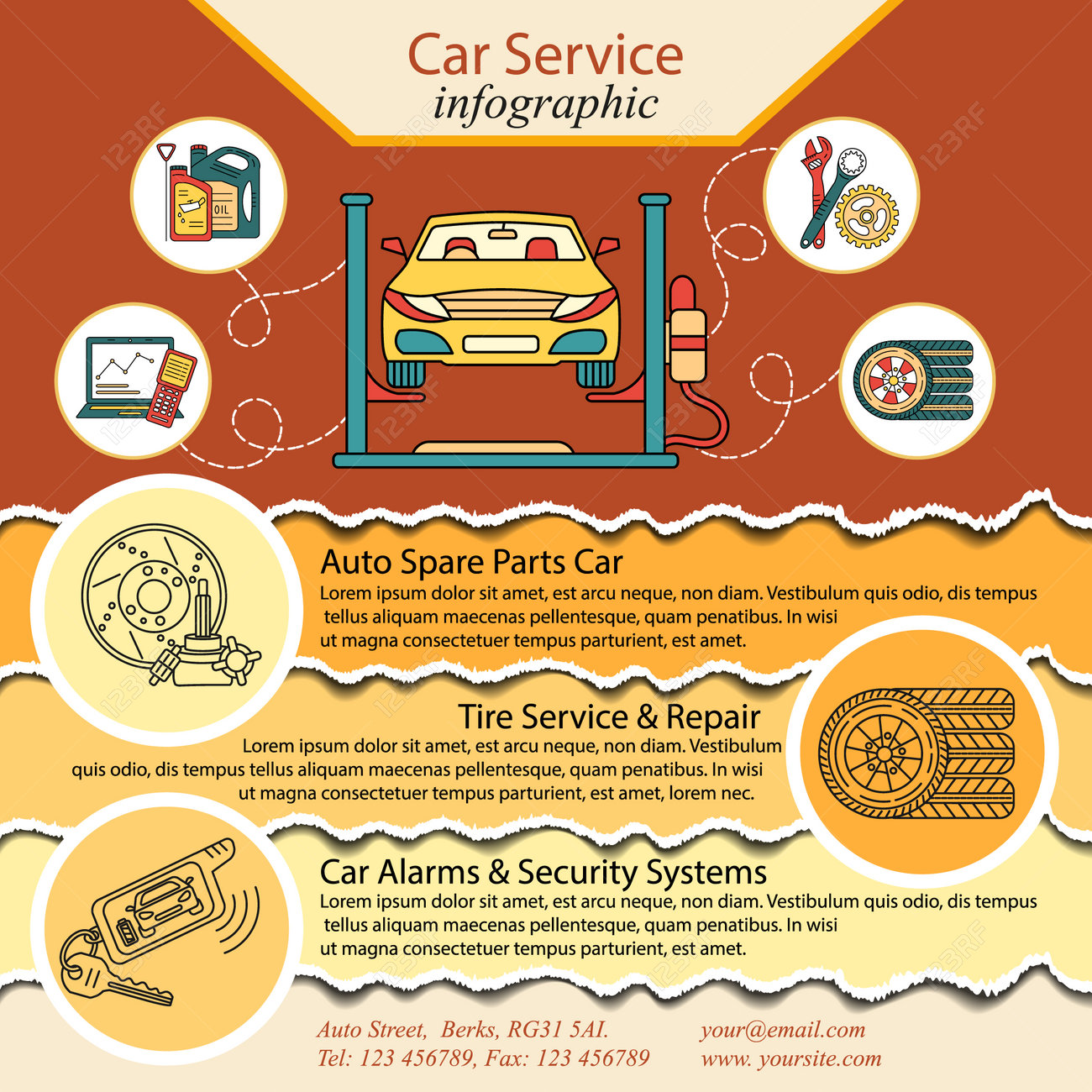Understanding The Actual Ramifications Of Warning Indicators In Your Automobile
Understanding The Actual Ramifications Of Warning Indicators In Your Automobile
Blog Article
car ac and heat repair near me Composed By-Justesen Mendez
When you're behind the wheel, those radiant caution lights on your control panel can be a bit difficult. Do you know what they're trying to inform you regarding your car's health? Understanding the significance of these lights is essential for your safety and the durability of your car. So, the following time one of those lights pops up, would not you intend to understand its message accurately and take the required actions to address it?
Common Caution Lighting and Interpretations
Determine typical caution lights in your car and understand their definitions to make certain risk-free driving.
One of the most regular caution lights consist of the check engine light, which indicates problems with the engine or discharges system. If this light comes on, it's important to have your automobile examined promptly.
Suggested Studying advising light shows low oil pressure, needing instant focus to avoid engine damages.
A blinking battery light may suggest a malfunctioning billing system, potentially leaving you stranded otherwise dealt with.
The tire stress surveillance system (TPMS) light notifies you to reduced tire pressure, impacting vehicle stability and gas performance. Overlooking this might cause risky driving problems.
The ABS light indicates a trouble with the anti-lock braking system, jeopardizing your ability to stop swiftly in emergencies.
Lastly, the coolant temperature level alerting light warns of engine overheating, which can cause serious damage if not fixed quickly.
Comprehending these typical warning lights will certainly aid you address issues promptly and keep safe driving conditions.
Relevance of Prompt Attention
Recognizing the usual caution lights in your cars and truck is just the first step; the relevance of without delay addressing these cautions can not be emphasized sufficient to guarantee your safety on the road.
When a warning light illuminates on your dashboard, it's your cars and truck's method of interacting a prospective concern that requires attention. Disregarding these cautions can cause more serious problems down the road, jeopardizing your security and potentially costing you extra out of commission.
Prompt interest to alerting lights can avoid break downs and accidents. As an example, a flashing check engine light can suggest a misfire that, if left ignored, might cause damage to the catalytic converter. Resolving this promptly can save you from a costly repair.
Likewise, a brake system warning light could signify reduced brake fluid or worn brake pads, crucial parts for your safety and security when driving.
Do It Yourself Troubleshooting Tips
If you see a caution light on your control panel, there are a couple of DIY repairing ideas you can try prior to looking for expert aid.
The very first step is to consult your car's handbook to comprehend what the particular warning light shows. Sometimes the issue can be as straightforward as a loose gas cap triggering the check engine light. Tightening the gas cap might solve the problem.
An additional typical problem is a low battery, which can set off various alerting lights. Examining the battery connections for rust and guaranteeing they're protected might deal with the issue.
If a warning light persists, you can try resetting it by detaching the automobile's battery for a couple of mins and then reconnecting it. In addition, inspecting your automobile's liquid levels, such as oil, coolant, and brake liquid, can help fix alerting lights connected to these systems.
Final thought
In conclusion, comprehending your vehicle's warning lights is essential for keeping your vehicle running smoothly and securely. By promptly dealing with these informs and knowing what they indicate, you can avoid expensive repairs and possible failures.
Keep in mind to consult your vehicle's manual for certain details on each alerting light and take action appropriately to make certain a hassle-free driving experience.
Stay educated, remain safe when traveling!
